Summary
Discovering Khirbet Qeiyafa
Khirbet Qeiyafa is an ancient city that captivates historians and tourists alike. Located in the Judean Hills of Israel, this site overlooks the Elah Valley, rich in biblical history. Archaeologists believe it dates back to the Iron Age, between the 11th and 10th centuries BCE. Its strategic position and fortifications suggest it was once a thriving city. The discovery of an ostracon bearing an ancient script adds to its significance. Scholars see this as a vital link to understanding the early Kingdom of Judah.
Get your dose of History via Email
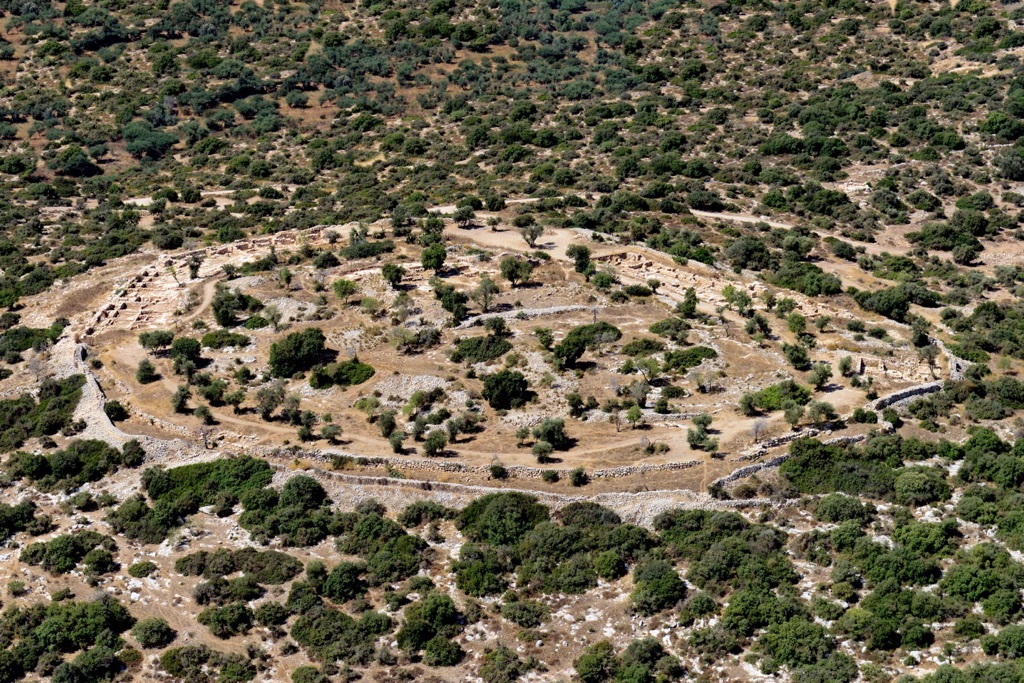
Unveiling the City’s Structure
The ruins of Khirbet Qeiyafa reveal a well-planned city with sophisticated design. It features a unique city gate, casemate walls, and administrative buildings. These elements show the high level of urban development. They also suggest a centralized authority during this period. Exploring its remains gives us a glimpse into the urban planning of ancient civilizations. The site’s layout has offered new insights into the sociopolitical landscape of the time.
Implications for Historical Knowledge
Khirbet Qeiyafa’s findings have sparked lively debates among historians and Bible scholars. The site’s evidence plays a crucial role in understanding the history of early Israel. It challenges traditional views on the development of the Kingdom of Judah. The pottery, weapons, and religious artifacts found here offer invaluable information. These findings help piece together the daily lives and practices of its inhabitants. The site continues to shape our knowledge of the region’s ancient past.
Historical Background of Khirbet Qeiyafa
Unearthing an Iron Age Gem
Located amidst the undulating landscape of the Judean Hills, Khirbet Qeiyafa offers a unique window into ancient history. Archaeological evidence pinpoints its origins to the Iron Age, specifically between the 11th and 10th centuries BCE. This fortified city, commanding views over the Elah Valley, is often identified with the biblical city of Shaarayim. This is due to the two gates—rare for cities of the time—found within its walls. The site’s strategic position and robust defenses highlight its historical importance. They also point to its role in regional power dynamics during a time of burgeoning kingdoms.
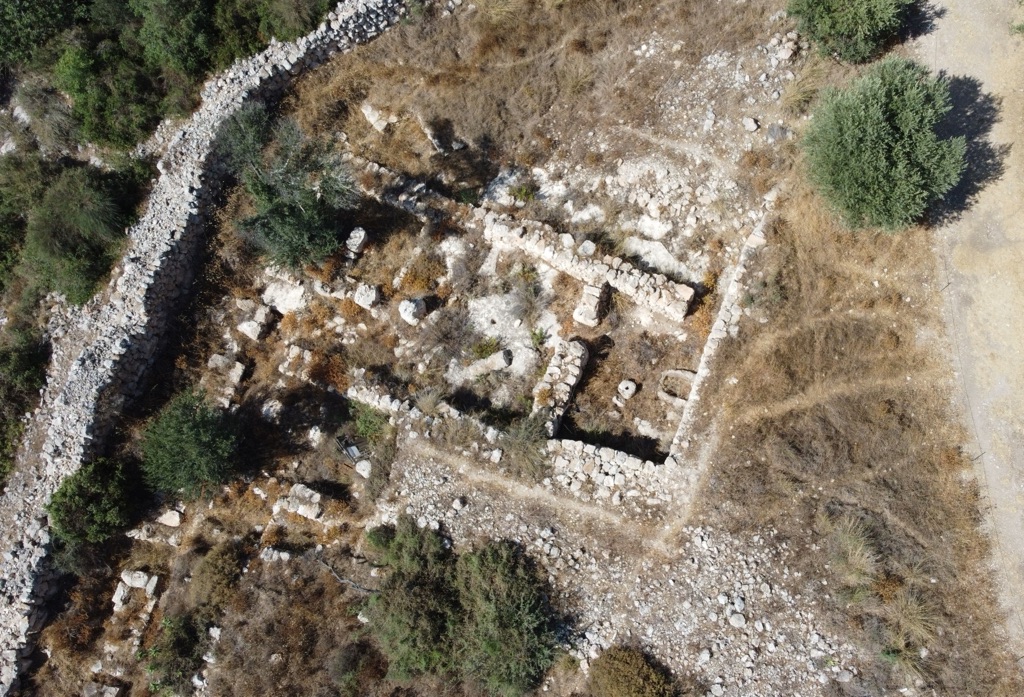
Deciphering Clues of Daily Life
Excavations at Khirbet Qeiyafa have unearthed a treasure trove of artifacts. These items shed light on the city’s daily life and culture. Archaeologists have recovered pottery, stone tools, and remnants of ancient structures. Each discovery allows historians to build a more vivid picture of the era. Additionally, the famed ostracon found on site features what may be an early example of Hebrew writing. This further solidifies the site’s connection to the region’s ancient civilizations and to the heritage of Israel.
Architectural Mastery of The Ancients
The architectural features at Khirbet Qeiyafa are nothing short of impressive. The remains of the city’s casemate walls, which combined fortification with living spaces, and the two significant gates suggest a high level of planning and construction skill. This advanced state of architecture invites comparisons with other well-known ancient cities. It speaks to the city’s significance as a symbol of power during a period of complex political landscapes. Moreover, the site’s layout has prompted discussions on urban development and organization in Iron Age societies.
Khirbet Qeiyafa’s significance extends beyond its physical remains. The site has become a focal point for debates on the historical timelines of the Kingdom of Israel and Judah. Some scholars argue that the city’s level of sophistication and obvious signs of centralized power add weight to the argument for an established monarchy earlier than previously thought. These discussions highlight the site’s pivotal role in reshaping our understanding of Near Eastern history.
For those invested in the historical narratives of biblical accounts, Khirbet Qeiyafa holds particular resonance. The features of this ancient city and the artifacts discovered here have the potential to corroborate or challenge long-held historical and religious beliefs. As such, Khirbet Qeiyafa is not merely an archaeological site. It’s a linchpin for our knowledge of early historical narratives. As ongoing research continues to peel back the layers, the city remains a cornerstone of academic and cultural significance.
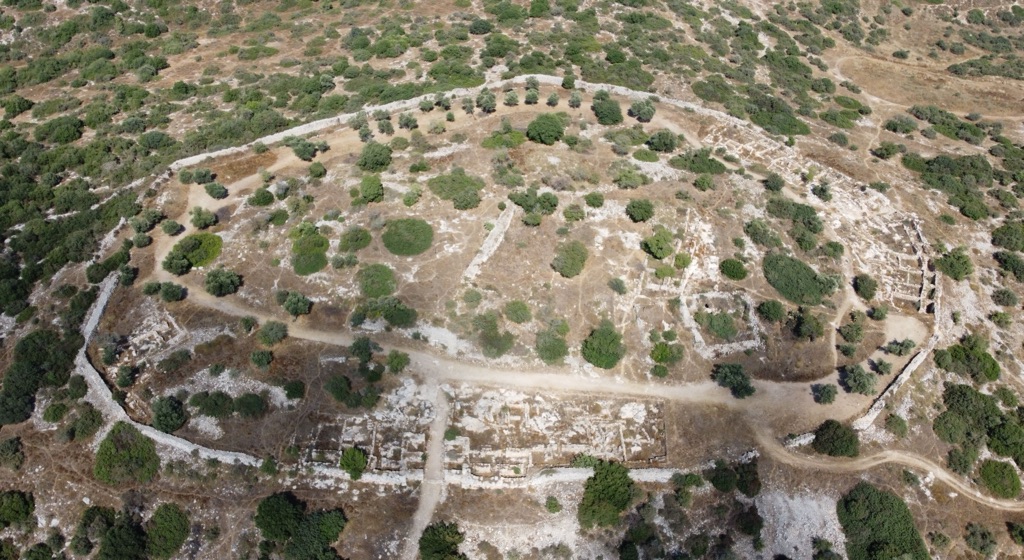
The Discovery of Khirbet Qeiyafa
A Chance Discovery
Khirbet Qeiyafa first captured the world’s attention in 2007. Groundbreaking work by archaeologist Yosef Garfinkel, of the Hebrew University of Jerusalem, brought it to light. The chance find during a survey in the Elah Valley led to extensive excavations. They uncovered an ancient city with significant implications for the history of the region.
Uncovering A Lost City
Garfinkel and his team quickly realized the magnitude of their discovery. They unearthed structures and fortifications that rewrote parts of the region’s history. The site’s two gates pointed to the biblical name Shaarayim, meaning ‘two gates.’ This struck a chord with historians and scholars, bridging tangible evidence with scriptural texts.
Insights Beyond Ruins
The dig at Khirbet Qeiyafa went beyond just exposing ancient walls. The team’s careful methods led to the discovery of pottery, tools, and a famous ostracon. They bore witness to the culture and advanced literacy that existed over 3,000 years ago. These artifacts brought the early Iron Age society to life for us in the modern day.
The scientific community has praised the site’s discovery for its meticulous excavation methodology. Khirbet Qeiyafa became a model for future archaeological work. Its layered strata provided insights into various periods of occupation. This opened up new avenues for research into ancient, daily life in the region.
Khirbet Qeiyafa’s discovery has had a profound impact on the study of ancient Israel and Judah. It raised questions about the geopolitical landscape of the time. The site is a testament to the rich history lying below the surface, waiting for discovery. With each season of excavation, Khirbet Qeiyafa sheds new light on the dawn of civilization in the Levant.
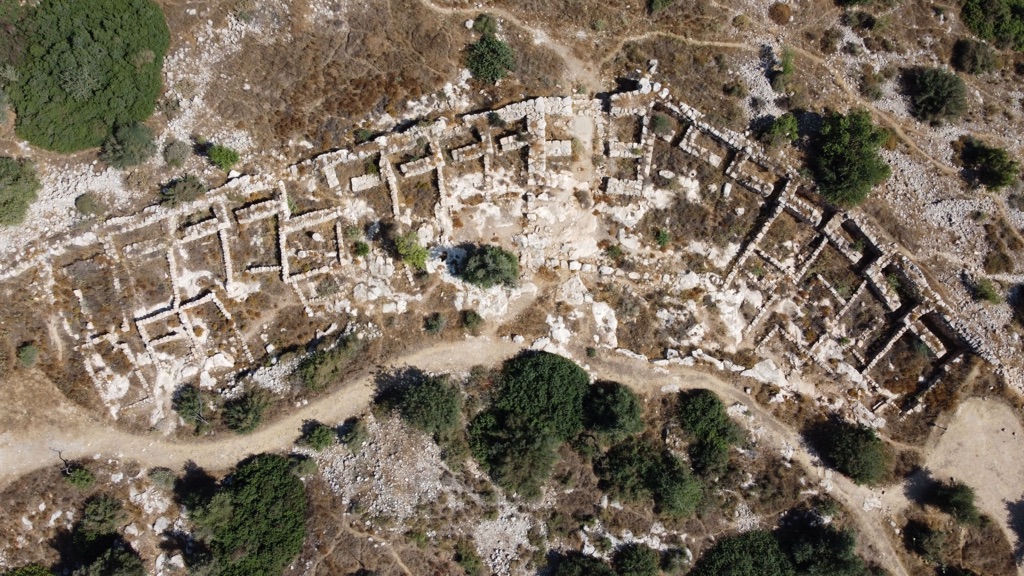
Cultural Significance, Dating methods, Theories and Interpretations
Dating the Ancient Site
Radiocarbon dating has been pivotal in pinpointing the age of Khirbet Qeiyafa, situating it around the 10th century BCE. Pottery styles and strata analysis complement this scientific approach. Together, they provide strong evidence of the city’s existence during the early Iron Age. This timing aligns it with the reign of King David, sparking vigorous academic discourse.
An Intersection of Cultures
At Khirbet Qeiyafa, cultural interchange was likely thriving. The city sits at the border of Philistine and Judean territories. Finds like distinct pottery link the site to both groups, illustrating an era of interaction. This cultural mixing pot is essential for understanding the dynamics and influences of ancient societies.
Theories on Political Influence
Some scholars propose that Khirbet Qeiyafa was a Judean administrative center under King David. This claim rests on its strategic location and impressive fortifications. Others challenge the theory, arguing for a more localized governance. This debate reflects the wider discourse on state formation in the ancient Near East.
Discoveries at Khirbet Qeiyafa also feed into the biblical scholarship. Analysis of the site’s layout and artifacts validates the historical viability of some biblical narratives. For instance, the ostracon’s inscription echoes language similar to that in ancient Hebrew texts. This suggests a literacy level that supports the notion of a centralized, bureaucratic kingdom.
Interpreting Khirbet Qeiyafa requires careful consideration of its physical and textual evidence. Although firm conclusions are yet to be made, each find adds a puzzle piece to the vast jigsaw of the past. Ongoing debates about the site’s role in regional politics continue. They underscore the enduring quest to understand our shared human heritage.
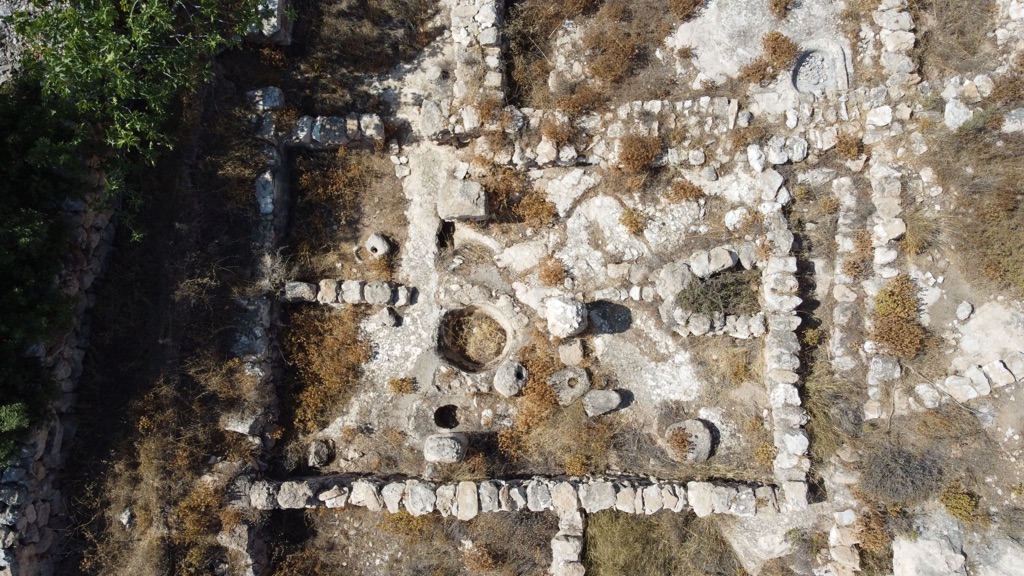
Conclusion and Sources
As research on Khirbet Qeiyafa continues, this ancient site remains a subject of fascination and debate among historians and archaeologists. Its strategic location and the impressive artifacts unearthed suggest the site was both politically significant and culturally rich. It is pivotal in narrating the historical timeline of the region, providing insights into the Iron Age of the Levant that continues to challenge our understanding of early biblical history. As further study and excavation shed light on its past, Khirbet Qeiyafa will undoubtedly continue to inspire and inform our knowledge of ancient civilization dynamics.
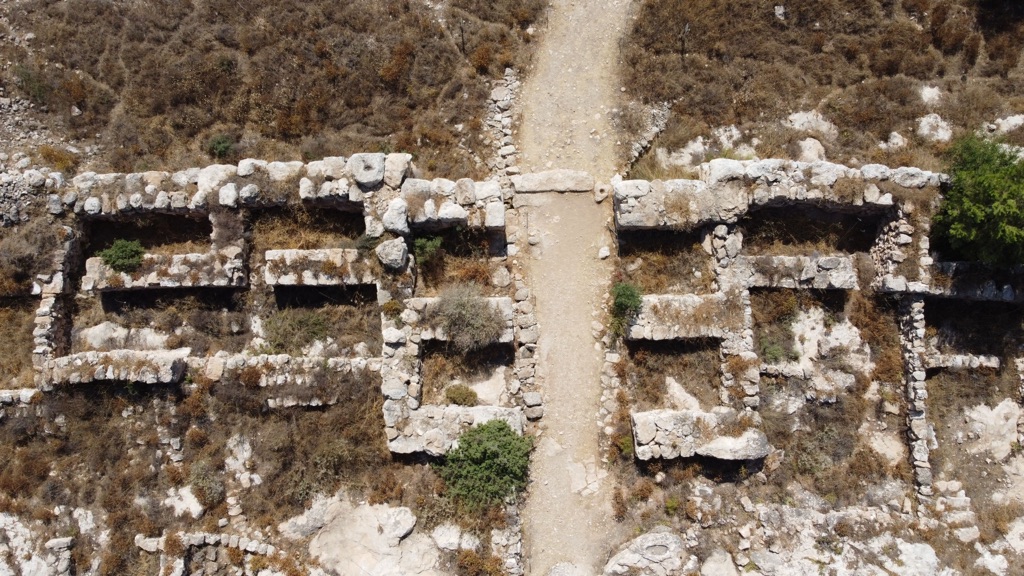
For further reading and to validate the information presented in this article, the following sources are recommended:
Or you can check any of these reputable archaeological and historical texts:
Garfinkel, Y., Ganor, S., and Hasel, M. G. (2009) ‘Khirbet Qeiyafa: Sha’arayim’, Journal of Hebrew Scriptures, vol. 9, pp. 1-24.
Garfinkel, Y., Ganor, S., and Hasel, M.G. (2018) ‘Khirbet Qeiyafa in the Shephelah: Data and Interpretations’, Israel Exploration Journal, vol. 68, no. 1, pp. 74-95.
Finkelstein, I., and Fantalkin, A. (2012) ‘Khirbet Qeiyafa: An Unsensational Archaeological and Historical Interpretation’, Tel Aviv, vol. 39, no. 1, pp. 38-63.
Mazar, A. (1990) ‘Archaeology of the Land of the Bible, 10,000-586 B.C.E.’, Anchor Bible Series, vol. 1, Doubleday: New York.
